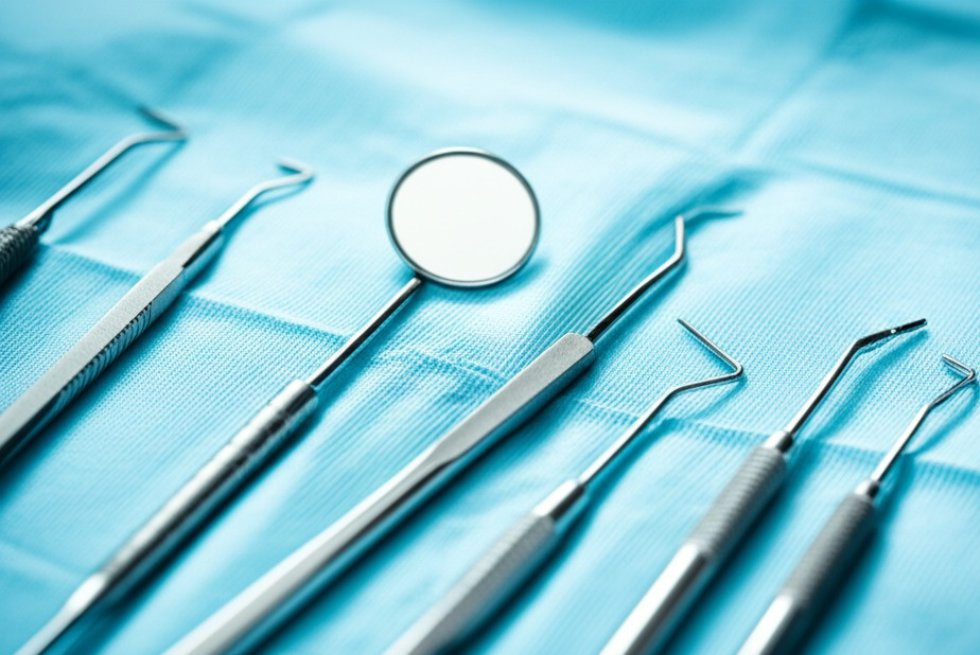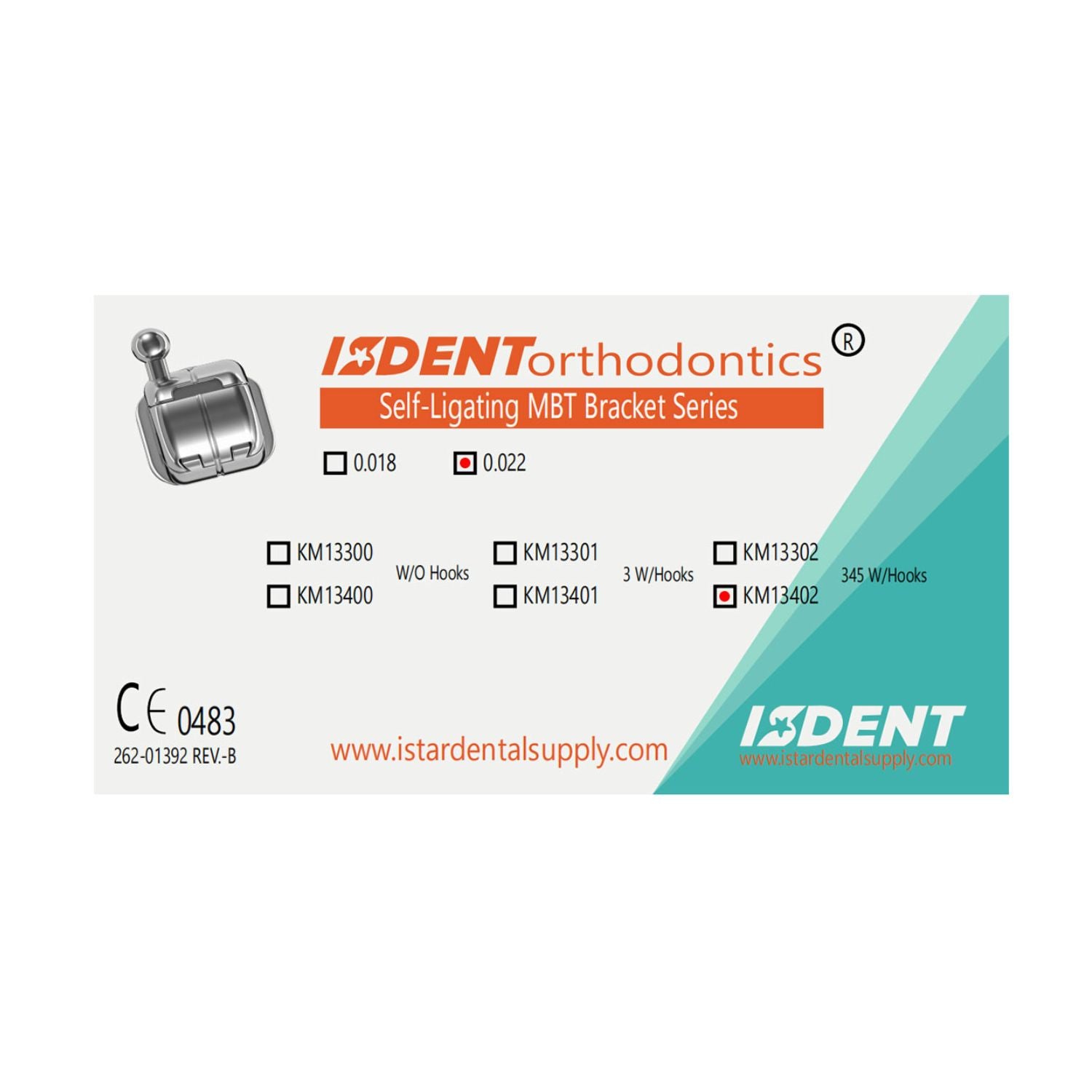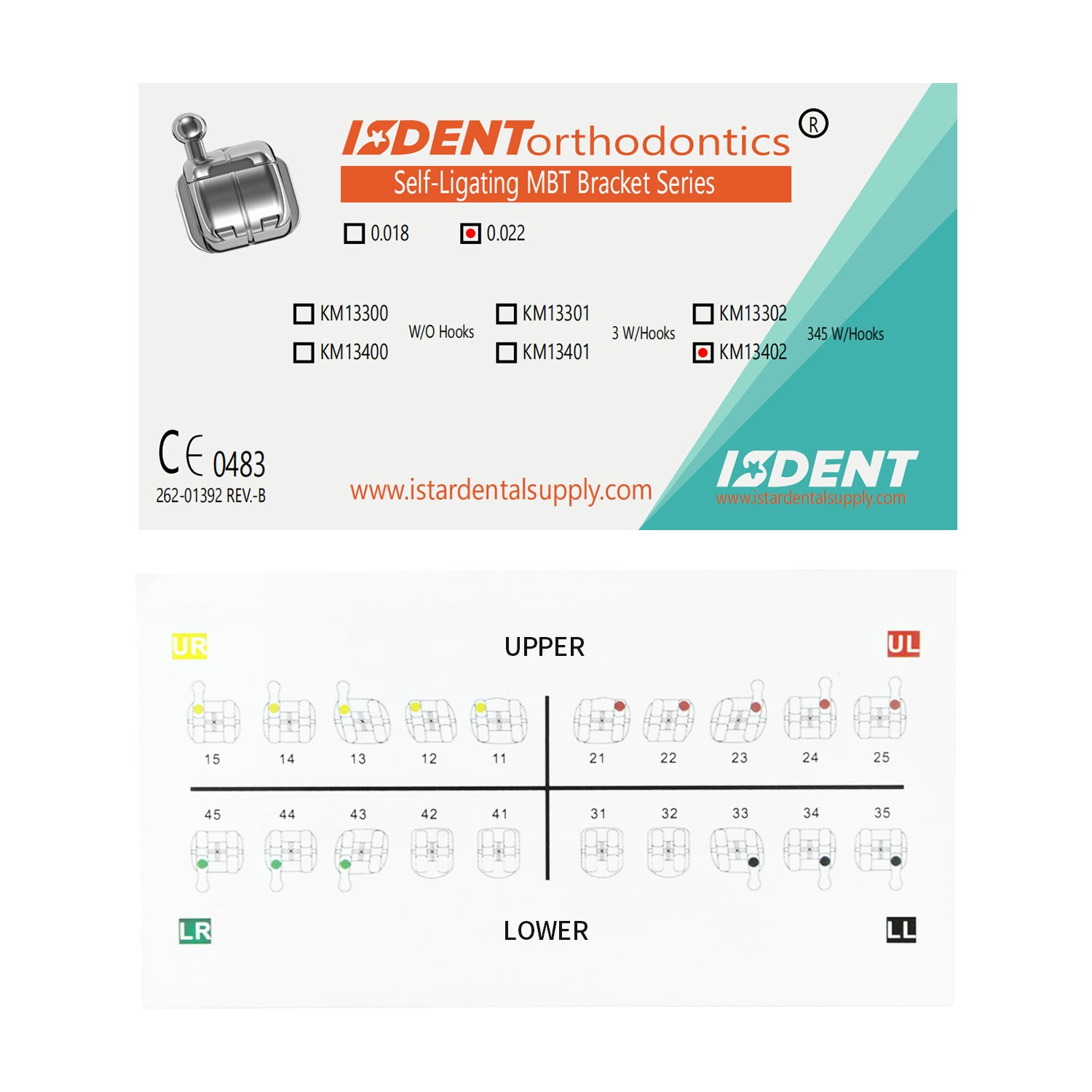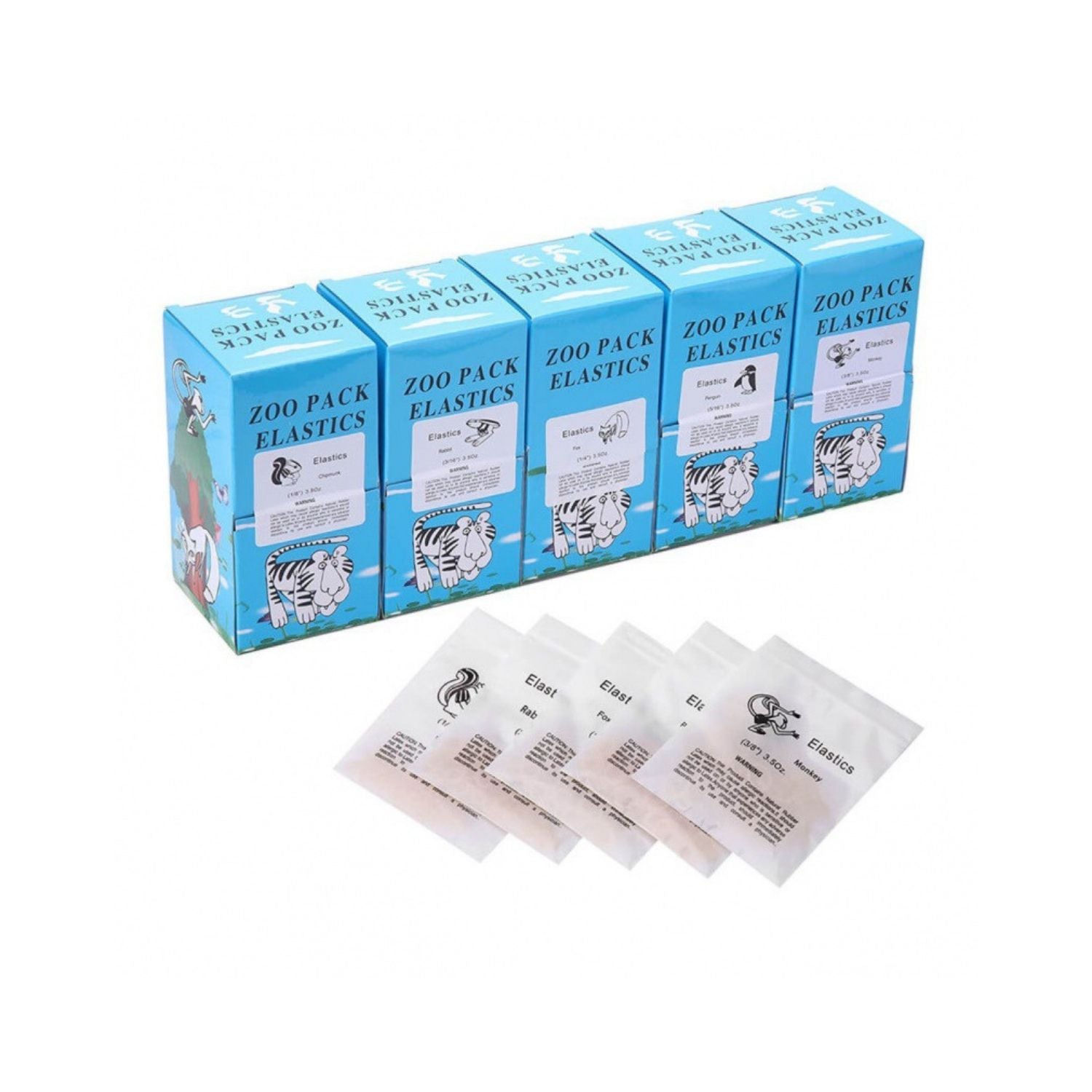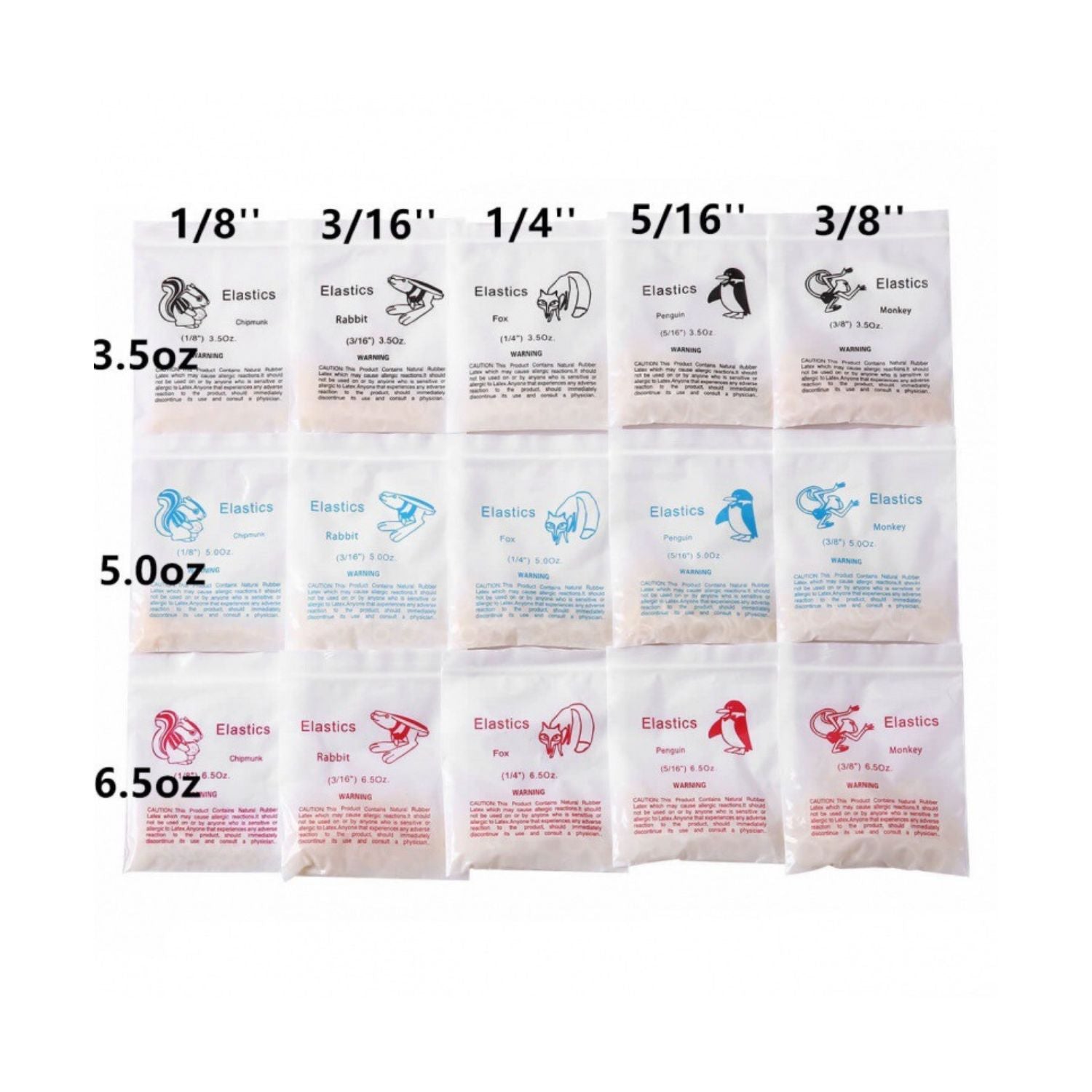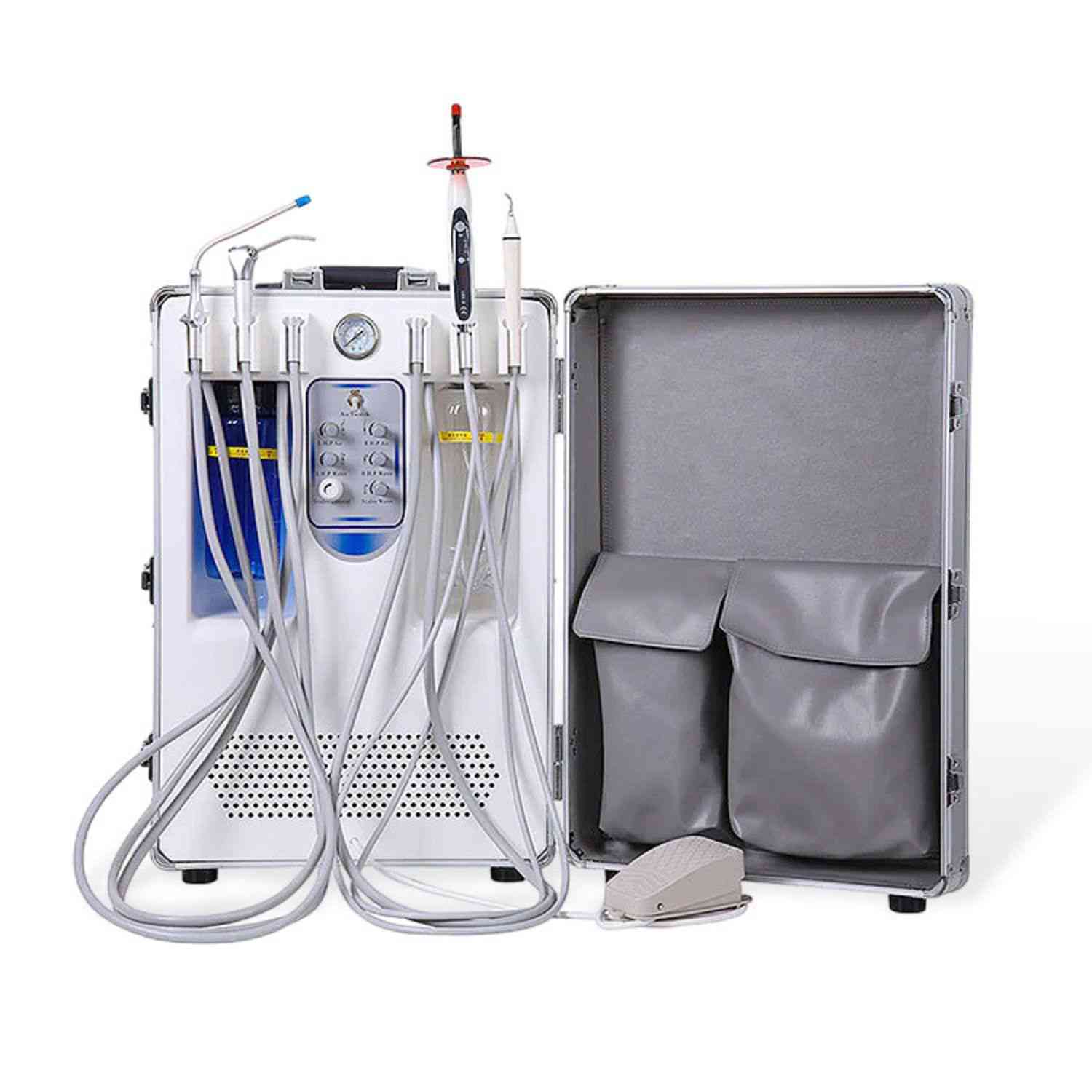What Are The Common Dental Tools Used by Dentists?
This article will be your guide to the common dental instruments used in a dentist’s office. Knowing what these tools and instruments are and why they are used can make your dental visits much easier. Understanding these tools can help alleviate any fears and show you how each one helps protect your oral health.
What is the Dental Mouth Mirror Used For?
The mouth mirror is often the first and last dental tool you will see during a visit. It is one of the most common dental instruments for a good reason. It looks simple, like a tiny mirror on a stick. But this dental mirror is very important. Its main job is to help dentists to see parts of your mouth that are hard to reach. Think about the back of your molars or the inside surfaces of your front teeth. It is impossible for a dentist to see these spots with the naked eye. The mirror enables dentists to get a clear view of every single tooth.
This dental instrument has more than one job. The dental mirror is also used to reflect light into dark corners of your mouth. This helps your dentist see any signs of a cavity or tooth decay. The dentist may also use the flat side of the mirror to gently move your tongue or cheek out of the way. This gives them a better workspace and protects the soft parts of your mouth. So, while it looks basic, the mouth mirror is a key tool used by dental professionals for a complete and thorough dental exam.
What is a Dental Explorer or a Sickle Probe?
Next on the tray is usually a tool that looks sharp and pointy. This is called a dental explorer, and it often has a hook on the end. It can also be called a sickle probe. But your dentist is trained to use this tool with a very gentle touch. The main purpose of the explorer is not to poke you, but to feel. The sharp tip is very sensitive. It allows the dentist to feel for problems on the surface of your tooth.
Your dentist will use this tool to check for any soft spots in your tooth enamel. A soft spot can be an early sign of a cavity. The explorer also helps the dentist check the edges of an old filling. They want to make sure the filling is still sealed tight. If there are gaps, bacteria can get in and cause more decay. The sickle probe is an amazing diagnostic dental tool. It helps the dentist find problems long before they become big and painful. This is an essential dental tool for preventive dental care.
How Does a Scaler Help My Tooth Health?
You have probably felt this tool during a dental cleaning. A scaler is a dental tool with a small hook or curved blade at the end. Its job is to remove plaque and tartar from your teeth. Plaque is a soft, sticky film of bacteria that builds up on your teeth every day. If you do not remove it with brushing and flossing, it can harden into tartar. Tartar is very hard, like a rock. You cannot remove it at home with a toothbrush.
That is where the scaler comes in. A dentist or one of the dental hygienists will carefully use the scaler to scrape away the tartar buildup. This is very important for your oral health. Tartar can cause tooth decay and gum disease. There are two types of scalers. A manual scaler is the hand tool. An ultrasonic scaler is a special scaler that uses vibration and a stream of water. The vibration breaks up the big pieces of tartar, and the water washes them away. The scaler is commonly used to remove buildup from above and just below your gumline, keeping your tooth and gums healthy.
What is That Dental Suction Device For?
During almost any dental procedure, you will hear a soft whistling or slurping sound. That sound comes from a suction device. The most common one is called the saliva ejector. It is a small plastic tube with a bent tip that the dental assistant will place in your mouth. Its name tells you exactly what it does. It sucks out extra saliva from your mouth. It also removes water from the dental drill or scaler, and any small bits of debris.
Why is this so important? First, it keeps you from feeling like you need to swallow all the time. This makes the dental visit more comfortable for you. Second, it keeps the work area dry for the dentist. For a filling to stick to your tooth, the area must be completely dry. The same is true for many other dental treatments. This dental suction tool is a simple but very effective dental instrument that makes modern dentistry possible and more pleasant.
Why Does the Dentist Use a Dental Syringe?
The dental syringe is the tool that probably causes the most anxiety. No one really likes getting a shot. But in dentistry, this tool is a true friend. Its only purpose is to make sure you do not feel any pain during a dental procedure. The dentist uses the syringe to deliver a local anesthetic. This is a numbing medicine that blocks the feeling in a specific area of your mouth.
Before giving the injection, the dentist will often apply a topical gel to your gums. This numbs the surface so you barely feel the needle. The dentist is very careful to deliver the medicine slowly and gently. Once the area is numb, the dentist can work on your tooth without causing you any discomfort. This is needed for procedures like a filling for a cavity, a root canal, or preparing a tooth for dental crowns. The dental syringe allows for painless and effective dental work.
Is the Dental Drill Really That Scary?
The dental drill is famous for its high-pitched whirring sound. That sound can be unsettling for many people. But the dental drill is one of the most important tools a dentist has. The official name for this type of tool is a high-speed handpiece, and they are part of a group called rotary instruments. The drill is primarily used to remove tooth decay. When you have a cavity, the dentist must remove the decayed part of the tooth before it can be fixed with a filling.
The dental drill spins at a very high speed. This allows it to remove the hard enamel and decayed material quickly and precisely. The drill also sprays a small stream of water. This keeps the tooth cool and washes away debris. Without the dental drill, treating a cavity would be much harder and take much longer. Understanding its role in cavity preparation can make the sound a lot less scary. It is the tool that gets rid of the bad stuff to make your tooth healthy again. That's a key part of your journey to a healthy smile, especially when it comes to getting a dental filling.
What Are Periodontal Probes Used For?
We talked about the sharp dental explorer. Now let's talk about its cousin, the periodontal probe. This dental probe is different. It is a thin instrument with a blunt, rounded tip. It also has small markings on the side, like a tiny ruler. This tool is not used to check for a cavity. Instead, it is used to check the health of your gums. It is a key instrument in the fight against gum disease.
The dentist or dental hygienist will gently insert the periodontal probe into the space between your tooth and your gums. This space is called a sulcus or a pocket. The markings on the probe tell them how deep the pocket is. Healthy gums have shallow pockets. Deeper pockets can be a sign of periodontal disease. This tool is used to explore the pockets around every tooth. This simple measurement helps your dental team track your gum health over time. It is a vital part of every routine dental check-up and helps in the early detection of periodontal issues.
What Other Common Dental Instruments Are Used?
Besides the main tools and instruments we've discussed, you might see an array of unfamiliar instruments on the tray. For example, you might see cotton forceps. These look like tweezers. As the name suggests, cotton forceps are used to place and remove cotton rolls or other small items from your mouth. They provide a precise way to handle things without the dentist putting their fingers in your mouth.
You might also see a dental laser in a modern dental practice. A dental laser is an advanced dental tool that uses a beam of light energy. Dentists use a dental laser for various dental treatments. It can be used for gum reshaping, to remove small cavities, or to treat mouth sores. A dental laser is often quieter and can be less invasive than traditional tools. The use of these various tools can make dental care more efficient and comfortable. Understanding these additional instruments in dentistry helps complete the picture of your dental care.
Are Surgical Instruments Used in Basic Dental Work?
For most routine visits, you will not see surgical instruments. However, sometimes they are needed. These are used for procedures that are more complex than a simple filling, such as a tooth extraction. This is a type of dental surgery. If a tooth is badly damaged by decay or trauma and cannot be saved, it may need to be removed.
In this case, the dentist will use surgical instruments like forceps and elevators. Elevators are used to gently loosen the tooth from its socket. Forceps are then used to securely grip the tooth and remove it. These tools are designed to remove the tooth as carefully as possible to protect the surrounding bone and tissue. While the idea of dental surgery can be scary, remember that you will be completely numb. These tools help the dentist perform the procedure safely and effectively. Knowing about them helps demystify the process, especially when you're looking into preventing gum disease which can sometimes lead to extractions.
How Do All These Tools Help With My Dental Exam?
All of these tools and instruments work together as a team. Each dental tool has a specific job. From the basic mouth mirror that lets the dentist see, to the scaler that performs a deep cleaning, each one is vital. The dental probe helps find hidden decay, and the periodontal probe checks your gum health. The syringe ensures you are comfortable, and the dental drill cleans out cavities. These common dental tools used by your dentist are the reason modern dentistry is so effective.
During a basic dental exam, the dentist uses these tools to get a complete picture of your oral health. They are looking for any small problems before they become big ones. This is why regular dental visits are so important. They allow your dental team to use these specialized instruments to keep your teeth and gums healthy for a lifetime. When you understand what each instrument used by dental professionals does, that tray of shiny tools becomes a lot less mysterious. It becomes a collection of helpers, all there to protect your smile. This knowledge is an important part of any professional dental cleaning.

